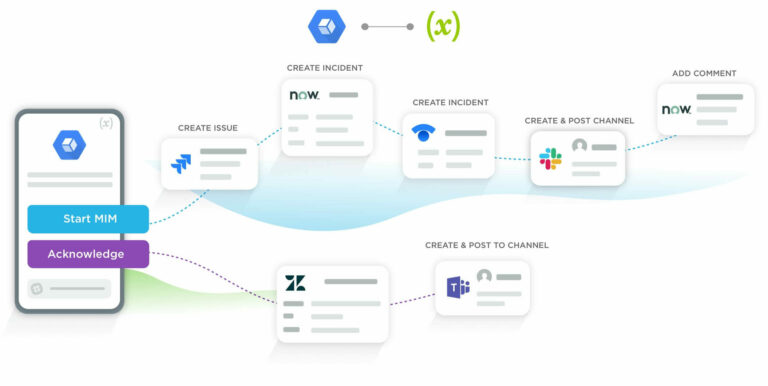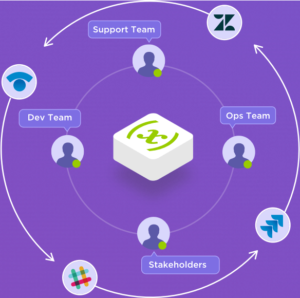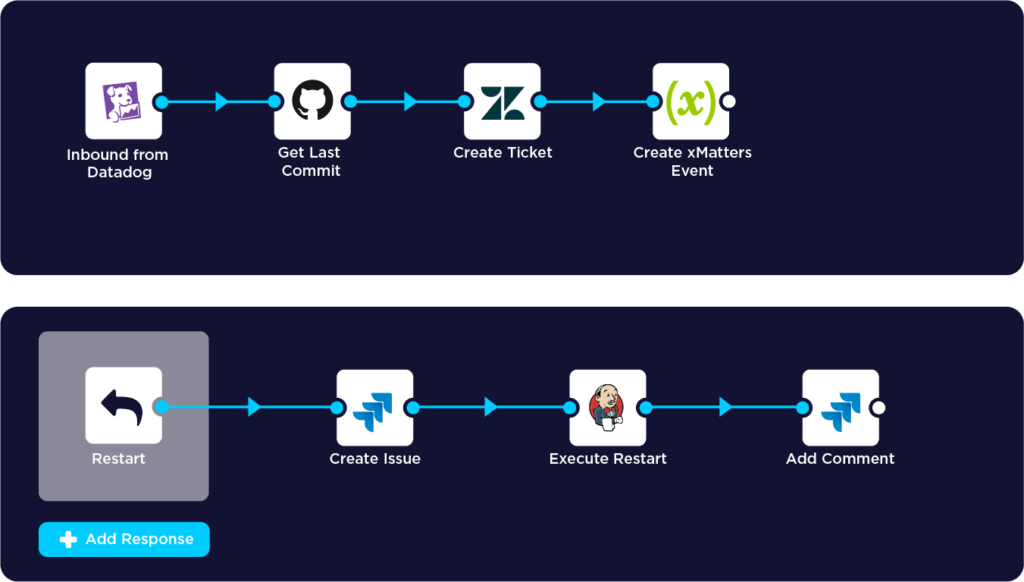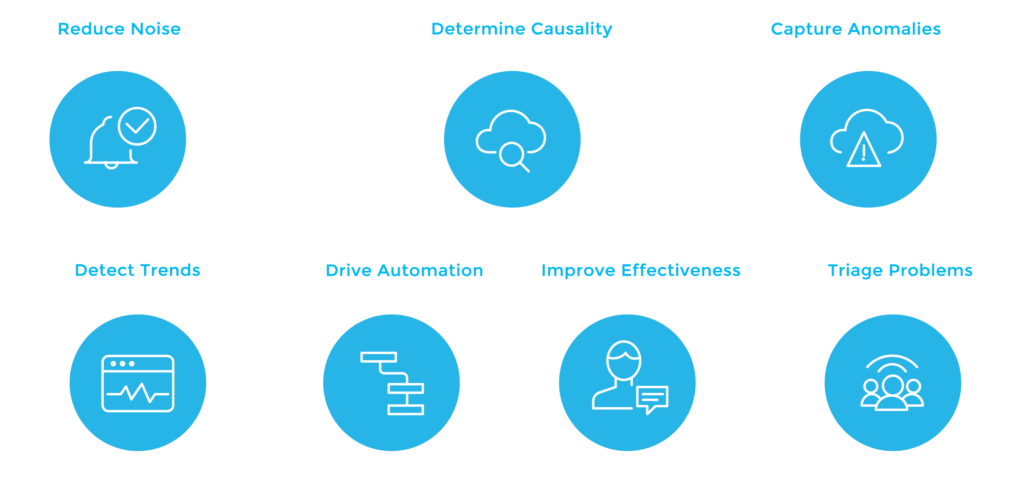7 Key Capabilities of Automated Incident Management

Automated incident management presents companies of all sizes and industries with a two-pronged challenge.
First there’s the business problem. Important teams are all siloed from one another. That includes network, application, development, and security teams. It includes the CIO and CTO. Without clearly delegating which department owns what portion of incident management response, each team sends out its own alerts. Too much alerting and disjointed communication create uncertainty and confusion, which slows down remediation.
Second is the technical problem. Each team all has its own tools to restore services back to normal. These tools rarely integrate seamlessly with each other and typically involve many manual steps to connect. Combined, these tools can complicate event management and incident response.
We Need Automation More Than Ever

Automated incident management orchestration: learn more about Workflow & Process Automation
Year over year, IT increasingly generates more data to support digital transformation. Systems create more types of data at increasing speeds. In response, IT architectures change more frequently, adopting cloud-native applications and platforms. Tools perform more complex event and metrics analysis on more data. Technology teams must automate recurring tasks so people can more perform more strategic operations.
Together, these conditions are applying more pressure on DevOps teams to make faster decisions and fewer mistakes.
To automate both the decision-making and execution of incident response, leading DevOps teams are using artificial intelligence for IT operation (AIOps) platforms. AIOps helps monitoring tools correlate data across application performance monitoring (APM), IT infrastructure monitoring (ITIM), network performance monitoring and diagnostics tools, and digital experience monitoring.
AIOps analytics discover patterns to predict possible incidents and emerging behavior. Teams use these patterns to determine the root causes of current system issues and to intelligently drive automation to resolve them.
According to the Gartner Market Guide for AIOps Platform (November 2019), by 2023, 40% of DevOps teams will augment application and infrastructure monitoring tools with AIOps platform capabilities.
Workflow Engines for Incident Response
To fully maximize an AIOps platform for incident response, DevOps teams need a workflow engine to orchestrate incident response steps. A workflow engine manages and monitors the state of activities in a workflow, and determines next steps according to predefined processes.
Workflow engines mainly have three functions:
- Verify the current process status: Check whether executing a task is warranted, given current status.
- Determine the authority of users: Check if the current user is permitted to execute the task.
- Execute condition script: After passing the previous two steps, the workflow engine executes the task, while communicating data to participants; and if the execution is incomplete, it reports the error to trigger and roll back the change.
Without a workflow engine, incident monitoring tools alert someone, and that person has to manually log in, research the issue, and determine next steps.
A workflow engine automatically retrieves the next steps and presents them to the responder when it alerts her. In doing so, a workflow engine decides how to resolve an issue, while allowing the responder to make the final decision with the touch of a button.

Workflow for restarting an unresponsive service
Additionally, since AIOps platforms neglect to notify C-level and other business stakeholders of incident status and an estimated time to resolution, workflow engines are useful for sending information via chatbots or push notifications to ensure cross-functional visibility with real-time updates.
7 Key Capabilities of Automated Incident Management
A superior automated incident management is based on touchless incident response management, leveraging a combination of AIOps and a workflow engine to deliver seven key capabilities:
- Reduce noise, such as false alarms, using clustering and pattern matching algorithms.
- Determine causality, identifying the probable cause of incidents using topology as well as ML, and relate these issues to a customer journey using algorithms such as decision trees, random forest, and graph analysis.
- Capture multivariate anomalies that go beyond static thresholds or numeric outliers to proactively detect abnormal conditions and behavior and relate them to business impact.
- Detect trends that may result in outages before their impact is felt.
- Drive the automation of low-risk to medium-risk recurring tasks. A workflow engine enables you to fix what’s most pressing and within your control, without having to build connectors to other systems
- Improve user effectiveness and automation using chatbots and virtual support assistants (VSAs) to democratize access to knowledge and automate recurring tasks.
- Triage problems, helping prioritize them and offer actions that can be taken to resolve them — either directly or via integration based on past scenarios. Store information of who was contacted throughout the whole flow of events for remediation in a repository, so problems don’t repeat themselves.
Automated Incident Response
With so many teams and tools involved in delivering digital services, aligning resources to fix problems needs to be fast, efficient, reliable, and repeatable. Alignment must take place across tools, teams, and time zones. Streamlining complexity and reducing mean time to resolution shouldn’t require manual steps and endless coding.
xMatters Flow Designer is a drag-and-drop visual workflow builder that connects DevOps and IT applications to orchestrate fully automated toolchains and resolve issues faster. With the flexibility to build unique workflows to suit specific needs, users can synchronize systems and guide their team through incident resolution.
Find out more about workflow and process automation at xMatters.

